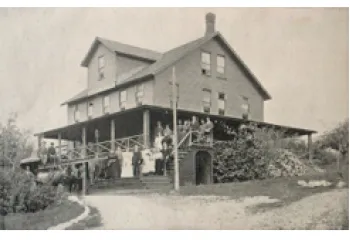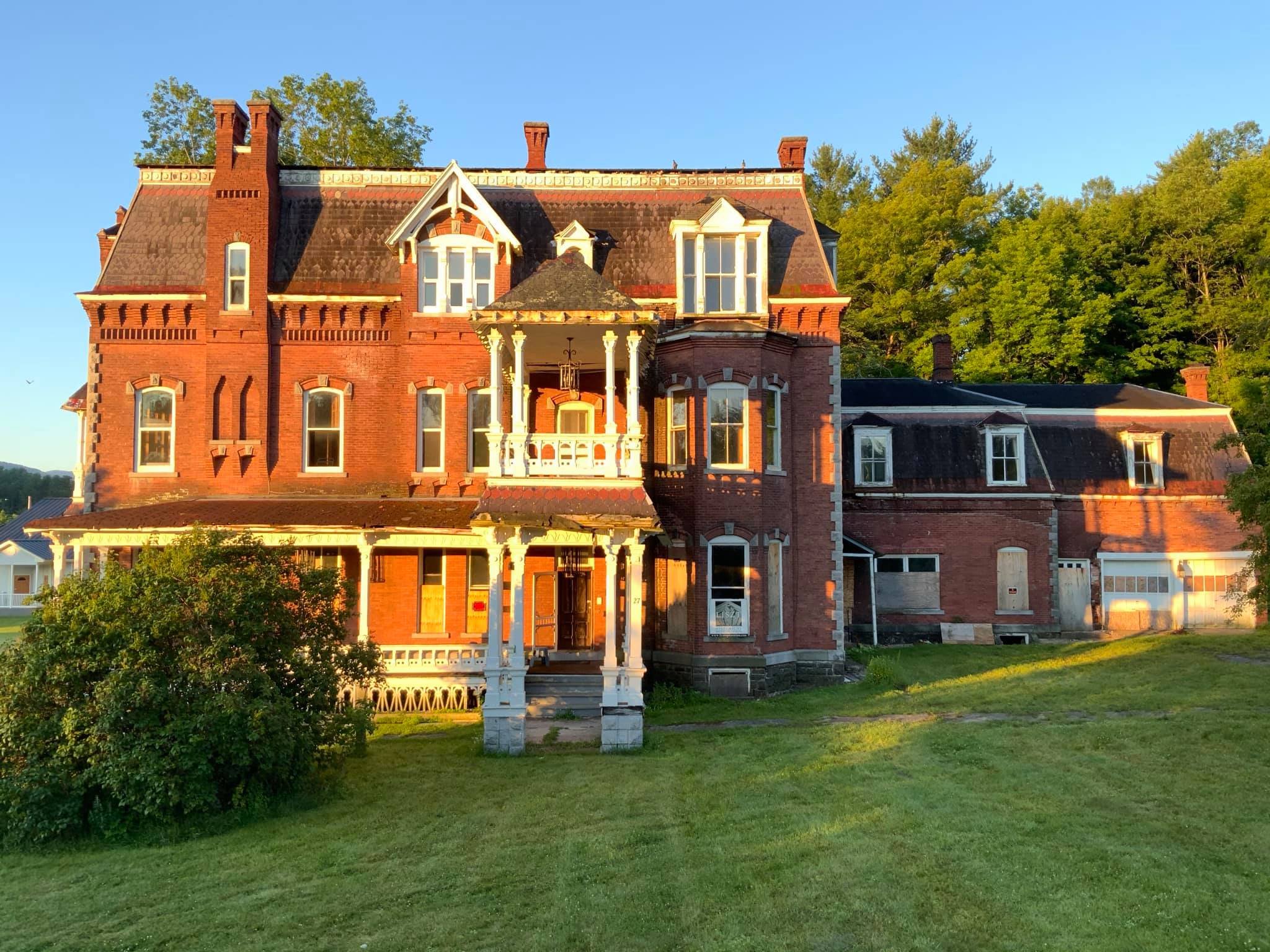
I’m a sucker for an interesting house and I always have been. The older, the more unique, the more distinctive, the better. Does it have sixteen porches and a rooftop turret? Sign me up. Is it covered in bark and looks like it belongs in a forested fairy tale? Let me in to poke around, for goodness sake.
In the Adirondacks, there is no shortage of interesting homes. We have historic Great Camps, petite hunting lodges, elegant cottages good enough for a President, European-style chalets, and sprawling mansions. Somehow, despite a wide range of styles, they all fit into the landscape, each with its own story and place in the forests and small towns of the Adirondacks.
There is one house, however, that has always been of particular interest to countless travelers and proud residents, that has a story that reaches far beyond Adirondack borders. On the corner of Church and College Streets in the historic hamlet of Au Sable Forks, an imposing brick mansion, known as the Graves Mansion, stands as one of the most formidable, most interesting, and most famous of Adirondack homes, one that has survived through hard times and is on the road to revitalization.
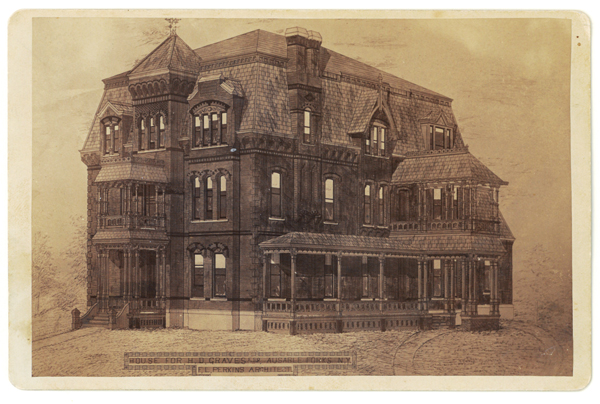
The queen of the forks
Au Sable Forks was a company town, built on the success of the J. & J. Rogers Company, which started out mining iron ore and later branched out with a lucrative paper mill. The story of J. & J. Rogers is a lengthy one and the company truly formed and shaped Au Sable Forks, the historic village where the West Branch and East Branch of the Ausable River meet.
Designed by Burlington, Vermont architect F. L. Perkins, the Graves Mansion was built in the 1870s by Henry Graves for his wife, Kate. Kate’s father, who happened to be Henry’s boss, was James Rogers, one of the two half-brothers behind the prosperity and industry in Au Sable Forks. Graves meant for the boss’ daughter to live in splendor; the red brick mansion in the Second Empire style would ultimately consist of thirty-two rooms spread over three floors and 15,000 square feet. The grounds included two large glass greenhouses.
Graves’ ambitions for the house weren’t just about ostentation, however. The home is full of beautiful, thoughtful details, with expert craftsmanship that has likely helped the mansion survive for more than a century. Of the nine fireplaces in the house, each is uniquely designed. Tiles around the fireplaces feature a variety of hand-painted scenes. Carved woodwork by R. Prescott and Sons in nearby Keeseville appears throughout, on staircases, ceilings, and walls, including in the dining room, perhaps the most ornate room in the entire mansion. Parquet floors showed off elegance to the Graves’ friends, family, and guests, including President Grover Cleveland, who visited in the late 1880s. Even the brickwork on the exterior features elegant arches, herringbone patterns, and, high up, the bricked initials of the master mason responsible for the work.
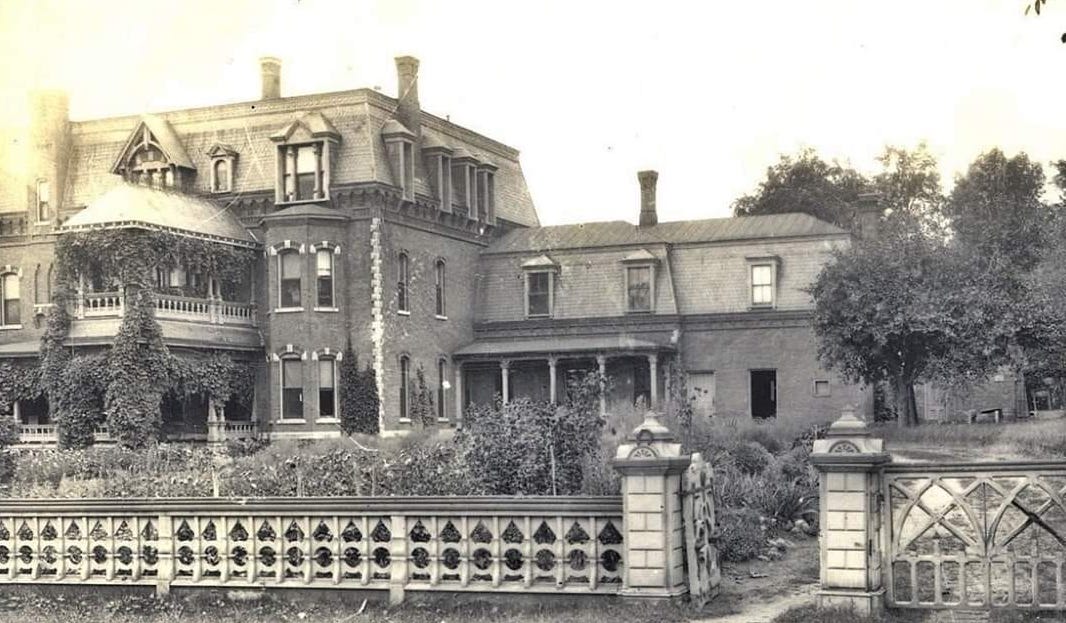
A door to the past
From the beginning up to today, everywhere one looked, there was something special about Graves Mansion; perhaps the most special, most romantic, most attractive, and most interesting feature is the home’s door knobs. Amid so much grandeur and physical, architectural beauty, something as simple as a door knob might seem irrelevant, but the knobs at Graves Mansion are far from ordinary.
In keeping with the attention to detail found throughout the house, the door knobs at the Graves home are distinctive: they feature Kate Graves’ favorite animal, the hummingbird. Created by the Russell and Erwin Manufacturing Company of Boston, the sturdy brass door knobs, much more elaborate than any most of us have ever seen, feature a carved hummingbird amid greenery, clutching a branch. They’re beautiful, were very expensive, and at one time the house was full of them.
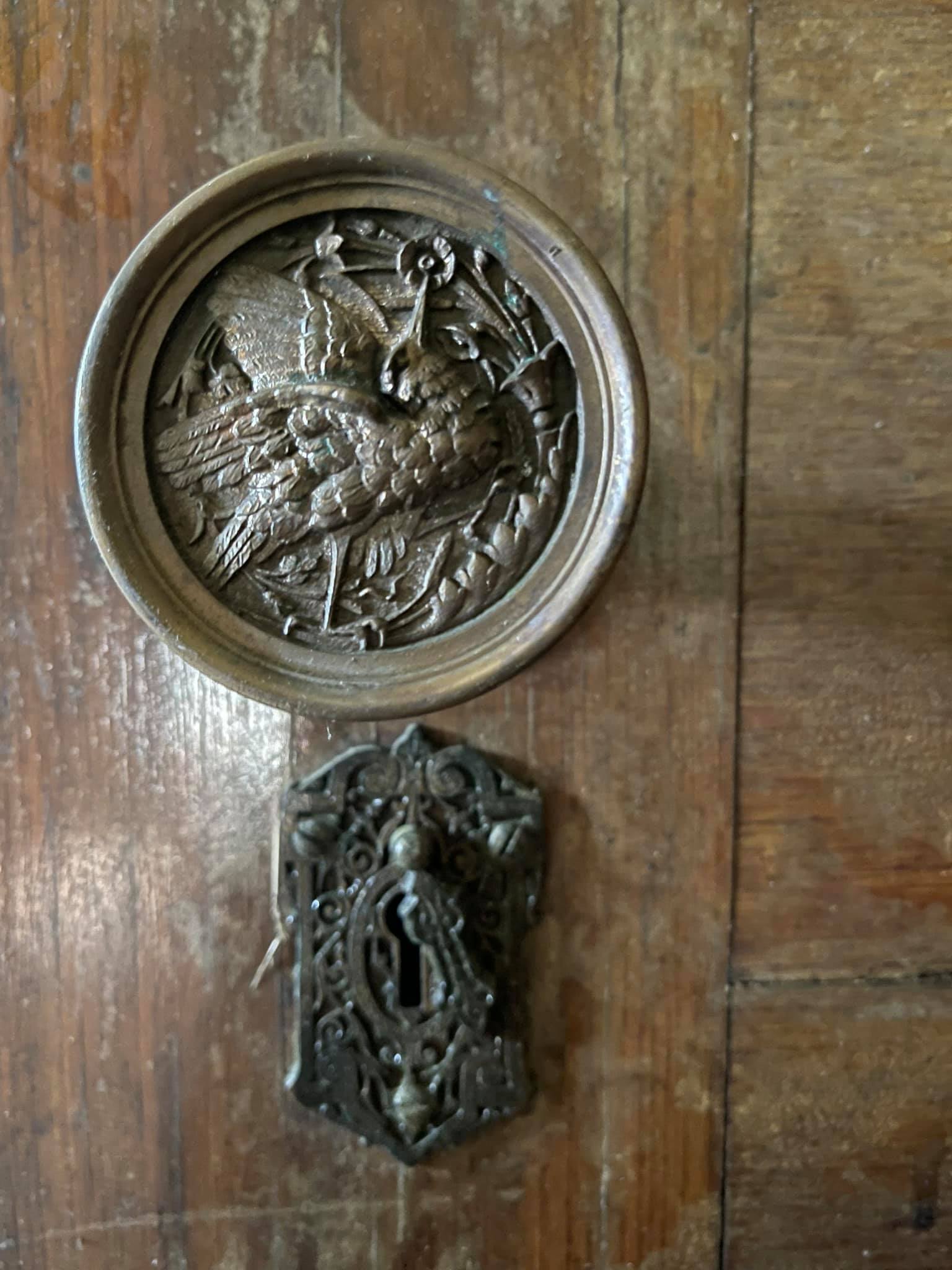
A friend in need
Like so many Adirondack families and towns, both the Graves family and Au Sable Forks have seen ups and downs. The J. & J. Rogers Company eventually closed its operations, leading to hard times for its local employees who also called the town home. As for Henry Graves, in the building of his mansion, he allegedly wanted to out-do his in-laws, although the legend that he embezzled company funds to make the home as large and elaborate as possible is untrue, according to Town of Jay Historian Sharron Hewston. The Graves' would live in the home for the rest of their lives, after their deaths their son Henry, Jr. (known as Harry to many) lived in the home with his family, but after some time the mansion was sold outside the family. Over time, the grand home began to show her age and need a bit more care.
Caring for any home — heat, plumbing, dusting, etc. — is difficult even in an ordinary family home, but a mansion is another matter entirely. Many families have called the Graves Mansion home over the years, but, like so many elderly ladies, it is undoubtedly a handful. It went through periods of being subdivided into apartments, into being empty; at one time a potential buyer offered a few thousand dollars to demolish it simply for the bricks. Along the way various owners refurbished the home and kept her shipshape, while others had good intentions but found renovations costly and the building impractical for their purposes.
Eventually, the mansion simply sat empty, and she began to get very weary. Rain leaked in under the roof. Unknown and unwelcome visitors broke in, caused damage, left behind trash, even stole some of the beautiful hummingbird door knobs (among other atrocities). Everyone in Au Sable Forks always wanted the home revitalized to the glory of what it once was. It was just a matter of the right person coming along at the right time.
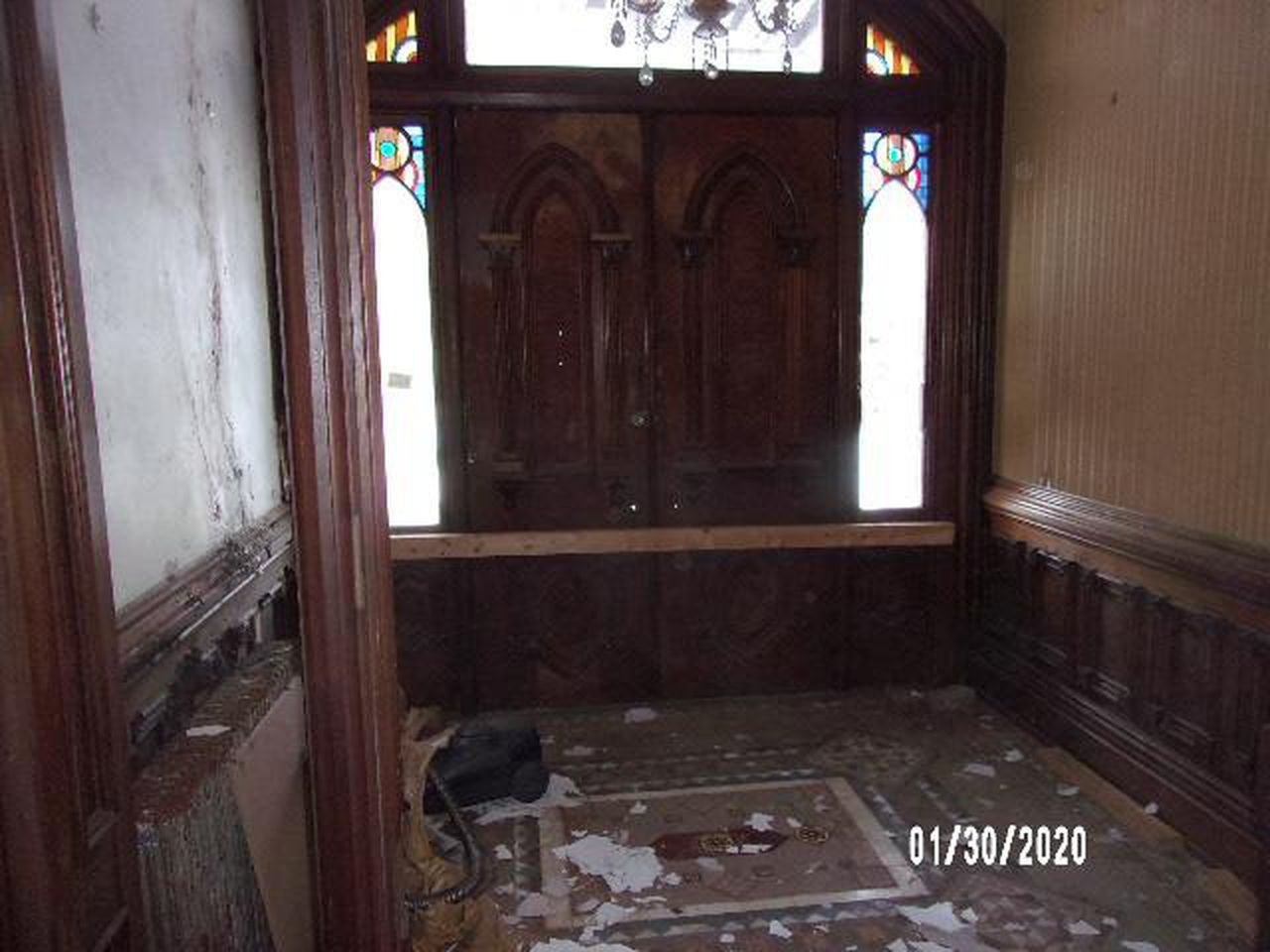
A friend indeed
For many years, the Graves Mansion has sat silent, a fading, crumbling reminder of another time. Throughout the Adirondacks, people would wonder, “is it haunted?” Driving by as a child, I was captivated by the home, wondering “who lives there?” and childish inanities like, “do they have deep bathtubs?” I didn’t know anything about the mansion, but its expansive grandeur stuck with me, just as it has haunted many others.
Over the years there would be excitement at the prospect of a new owner, but hopes were often dashed. But now, (finally!) with the mansion more than 150 years old, there is new hope and there is real progress at making the Graves Mansion shine again. A lengthy, comprehensive revitalization project is happening at Graves Mansion, under the supervision of new owner Melinda Levens, whose enthusiasm for the home is encouraging the mansion’s many, many admirers.
Under Levens’ ownership and guidance, the grounds have been cleaned up and the entire mansion, from roof to basement, is getting love and attention. Gone are the tarps that covered the patched and damaged roof, letting rainwater in. Cleanup began in 2020 and has continued throughout the mansion. As progress continues, the home’s fine qualities shine through, from handsome hardwood doors to yes, those beautiful door knobs. Only a few remain, but they are stunning.
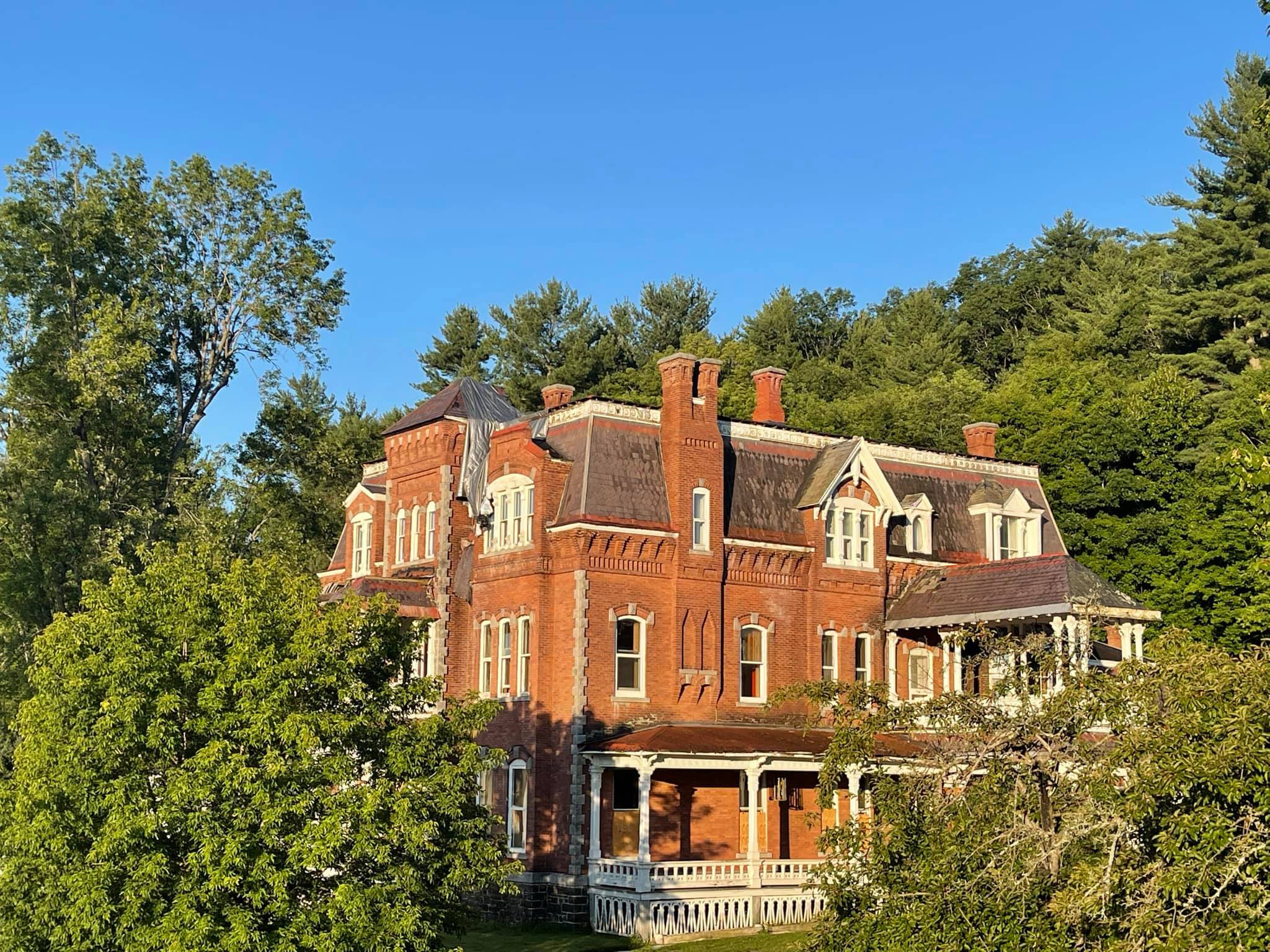
The Graves Mansion is a work in progress and everyone is invited to follow along. The home has many fans on Facebook and Instagram, both of which provide opportunities for people to share memories of the home. Former residents and visitors make comments such as, “it was always elegant and beautiful,” and “it truly is a work of art.”
You can also learn more about the mansion, as well as the history of the area, by visiting the Au Sable Forks Heritage Museum, which is currently open by appointment only. The museum features a wealth of artifacts relating to Adirondack history, including displays on the work of local legend Arto Monaco. It's a wonderful place to step back into the past.
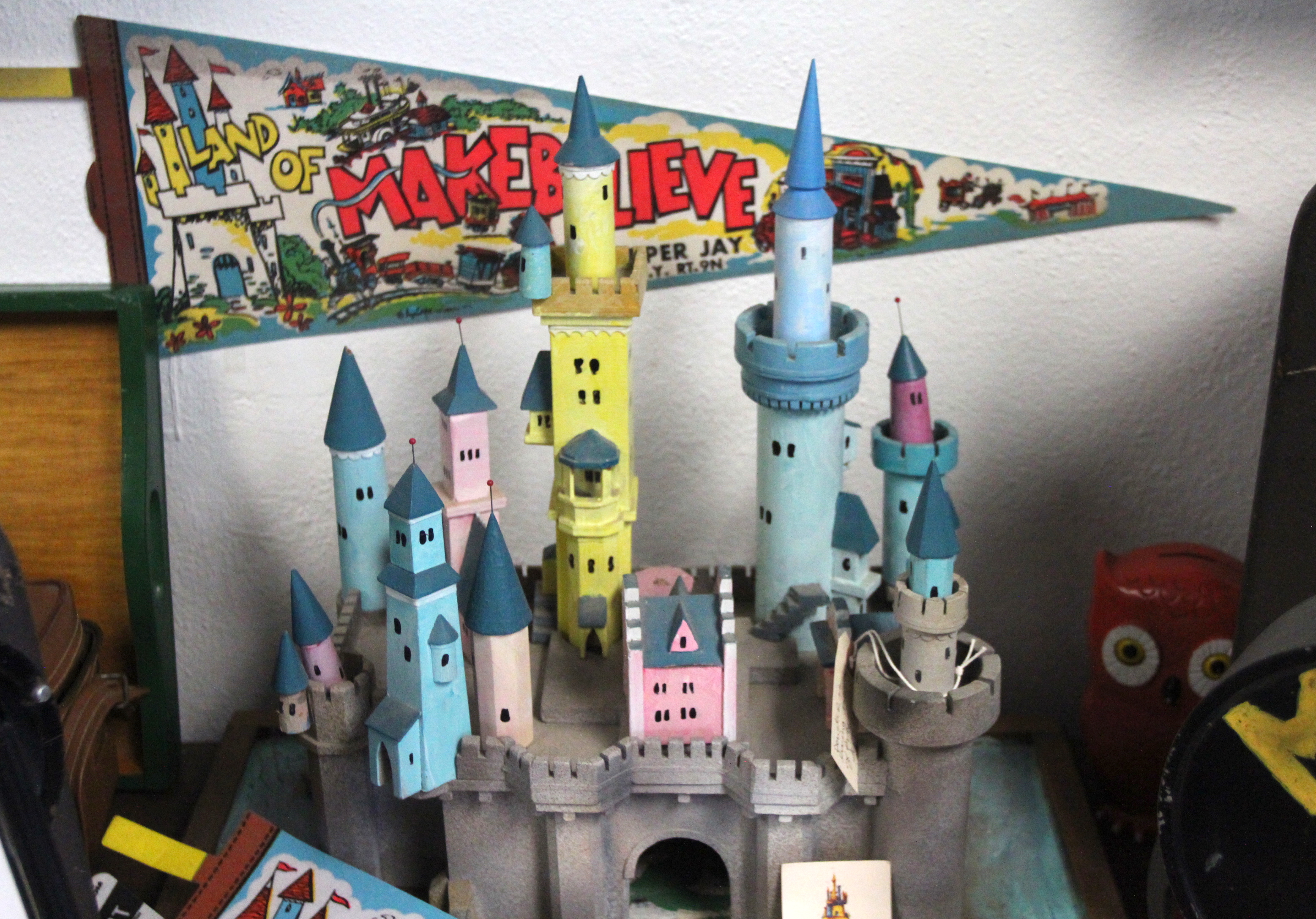
The next time you’re in the Whiteface Region or Au Sable Forks, whether it’s to head out on a fly fishing trip or to enjoy an event at the historic Ausable Theater, be sure to drive past the Graves Mansion and wave hello. She is the queen of the hamlet, after all.

